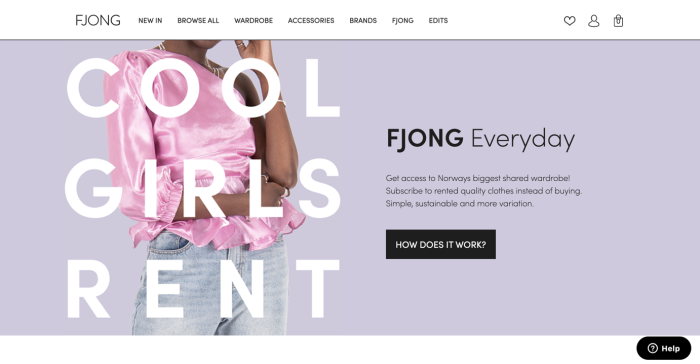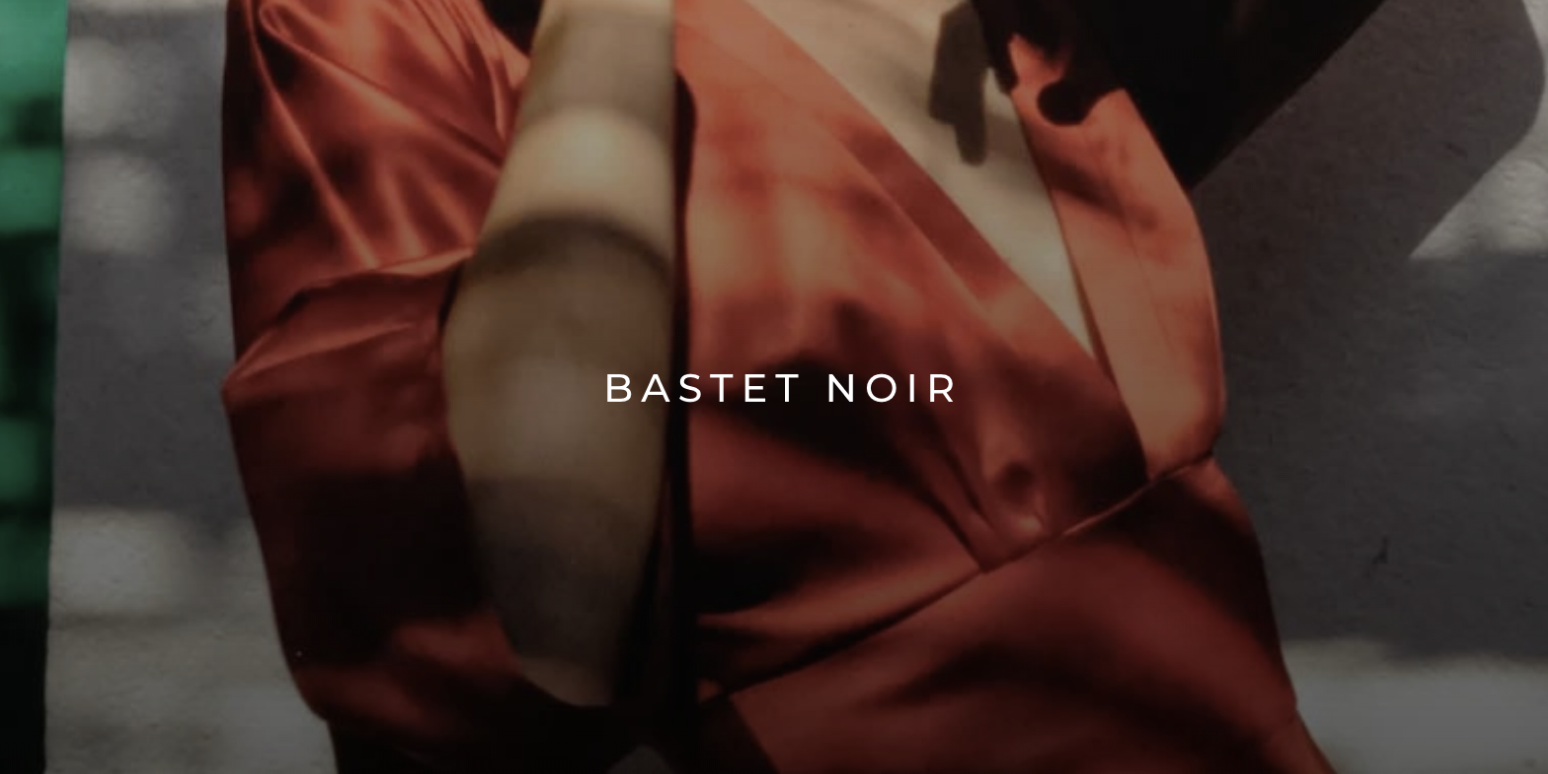As eCommerce store owners, we want sales to start pouring in immediately. But that’s just not how it happens—it takes time to attract the right customers and gain their trust.
Sell more and keep your customers happy
And even though the barriers to entry are much lower than what they used to be, it can still be an uphill battle. With so many options to choose from, finding the right sales channels can take time.
To get you started on the right foot, I’ll share with you the sales channels I considered—and wish I’d considered—when launching Bastet Noir. Hopefully they’ll give you some inspiration to try new channels and see what sticks.
Beware of DIY
When I first launched my fashion line, I thought launching a website would get us where we wanted to be much quicker than setting something up on another channel.
I was wrong.
I really wanted to have a unique website—something that stood out from the crowd. So I spent thousands of dollars trying to build something that turned out to be mediocre at best, instead of testing existing platforms first.
You may not even need your own online storefront, but if you decide you do, there are so many platforms out there you can build one on. I recommend Shopify, but there are all sorts of options—and they offer a whole slew of benefits, even including built-in SEO tools. Instead of investing all that energy and money in the launching of a standalone website, I wish I’d invested it in researching sales platforms and working on my strategy.
With all that said, keep in mind that each channel you explore will require resources. So I suggest starting small, identifying two or three channels that might work for you, and then building on them.
eCommerce marketplaces

Marketplaces are the Etsys and Amazons of the world: websites that give you a place to sell your products, alongside other people who are selling their products. The platform takes a cut of your revenue, but as a seller, you’re responsible for uploading products, setting prices, and dealing with logistics. But you get exposure to an existing customer base—people are already going to Etsy and Amazon to look for products.
Here are some marketplaces to look into if this seems like the right sales channel for you:
-
eBay. With hundreds of millions of users, eBay gives you a ton of exposure. Just be careful with its fee structuring: it’s a bit complex, so research it thoroughly before going all in. Another issue: there’s no curation, which means your products can get lost among millions of others if you don’t find a way to make them pop. Having said that, it has a low barrier to entry so might be a good place to start.
-
Amazon. No introduction needed here. Amazon will help you reach a global audience, but again, it’s an uphill battle to get your products to the first page of the results.
-
Facebook. Facebook Marketplace is completely free to list, and Facebook takes no fees—but there are guidelines you need to follow. Facebook has also partnered with platforms like Shopify to help Shopify merchants show off their inventory, advertise items, and find new customers for their business.
-
Bonanza. Bonanza is quickly becoming a popular eBay alternative. One great feature is that it covers your initial marketing fees, which means they advertise your products and only take a cut after a sale happens. This isn’t right for Bastet Noir as a fashion label, but it could be a good option for many sellers.
-
Etsy. Etsy is a great platform for makers: every product that’s displayed on their marketplace needs to be made by the seller.
There are also more niche platforms.
-
Charish, for example, is a marketplace specialized in home decor and furniture. Once you upload your products, their editorial team goes through a process of evaluation, and after they approve the product, they’ll even edit your product photos before putting them on their website. The curation is a great way to be sure you’re putting your best foot forward and not slipping through the cracks.
-
In the fashion area, ASOS Marketplace is a hub for independent designers and vintage sellers. Like with Charish, you need to be approved by their team to be able to sell on the platform. We used ASOS for about four years, but it turned out not to be the right audience for us.
That’s all to say: there are lots of marketplaces to list your stuff on, and it requires little upfront investment to try. But make sure you read all the fine print first and find the marketplace that makes the most sense for your business.
Dropshipping
When we were starting out, Bastet Noir showcased the work of different designers and sold their lines for a commission fee. Until 2015, I was blissfully unaware that there was a name for this business model: dropshipping.
Dropshipping is when a merchant sells products without needing to manufacture goods, carry inventory, or ship products to customers. As I researched it more, I realized that it didn’t make sense for Bastet Noir: we wouldn’t be able to build the brand we were going for while also promoting so many other brands.
But that’s not to say it’s not right for everyone: there are many platforms that thrive on this model—a relatively well-known example being Wayfair. If you want to go this route, there are platforms like Modalyst (for clothes, jewelry, and accessories) and Oberlo that can help you get started.
On the other side of things, you could sell your products via a dropshipper. We do this at Bastet Noir, and about 95% of our sales come from our Shopify website and our dropshipping retailers.
Wholesale
A lot of dropshipping happens at wholesale prices—so instead of taking a commission, the dropshipper just buys your items at wholesale prices and then sells them at whatever retail price they want. We don’t do a lot of wholesale right now because we’re a small label and a team of just 10, but as you grow, it’s worth considering. There are wholesale platforms, like NuORDER, that can help you manage inventory and create price lists. There are also platforms like Bulletin and Handshake that connect direct-to-consumer brands with different wholesale retailers.
If you’re approaching wholesale for the first time, here are a few things to keep in mind:
-
Before approaching any retailer, make sure that you have a wholesale price list and a catalog with images of your products. (If you’re a fashion label like us, this is your lookbook).
-
Be aware that wholesale prices are usually at least two times, but ideally 2.5 times lower than your retail prices (of course, these margins vary depending on the industry you’re in, so do some research first).
-
Make sure you calculate the minimum order well—otherwise you can start hemorrhaging money.
-
And finally, be ready to hear a lot of nos—or just not hear back at all. If you’re a young brand with little-to-no press under your belt, wholesale retailers might not be interested in working with you yet.
Rental marketplaces

Somewhere around 2019, we began toying with the idea of working with rental marketplaces: marketplaces that rent your goods to consumers. Renting as a business model fit perfectly with our brand’s focus on eco-consciousness, so we wanted to give it a shot. We joined a platform called FJONG. They were excited to work with a young and independent brand like ours, and we were thrilled about adding a new sales channel.
Depending on what you’re selling, rental marketplaces might not be the right fit, but it’s worth checking out as you explore your options.
This list of sales channels is the culmination of years of trial and error. You’ll make your own mistakes, but hopefully this offers some inspiration as you explore various avenues. No go out and make some sales.
[adsanity_group align=’alignnone’ num_ads=1 num_columns=1 group_ids=’15192′]
Need Any Technology Assistance? Call Pursho @ 0731-6725516







